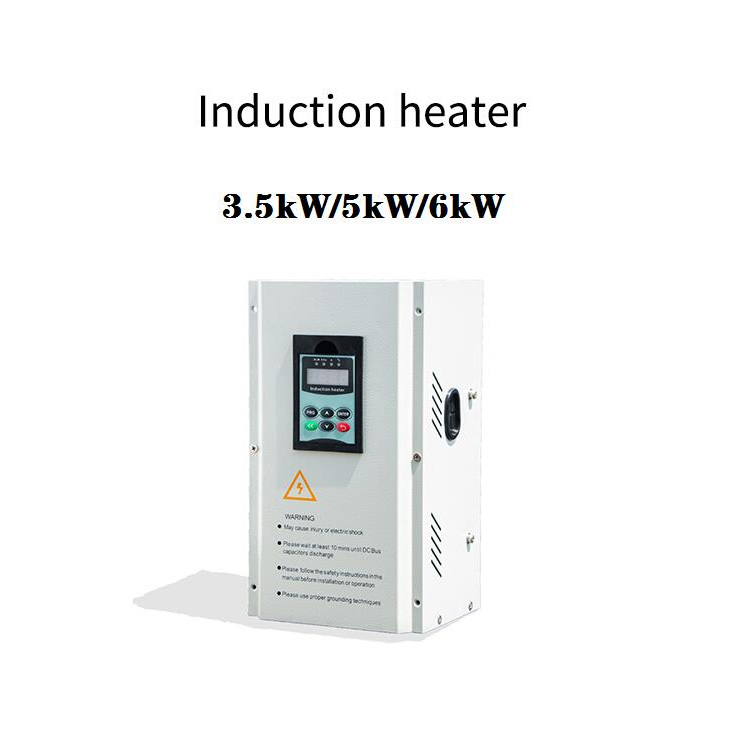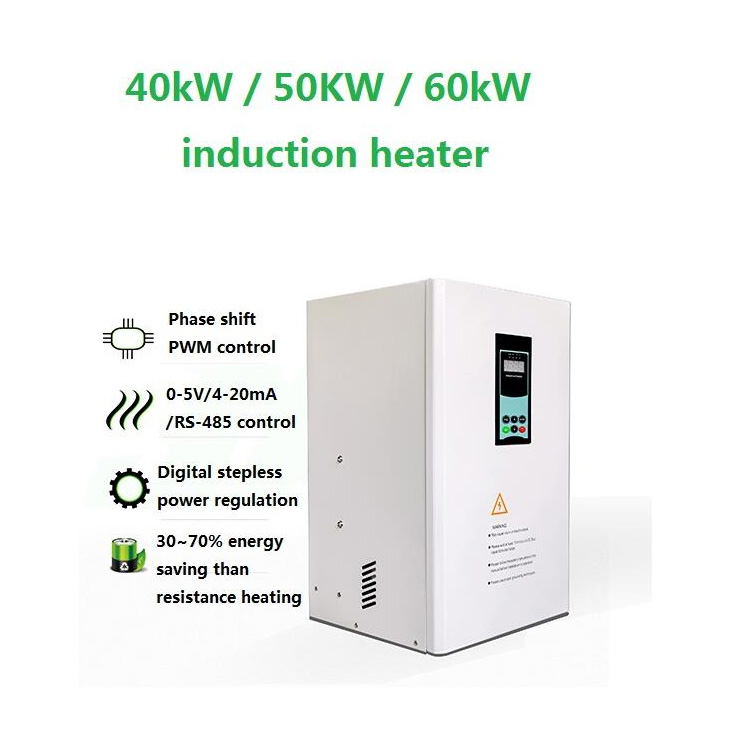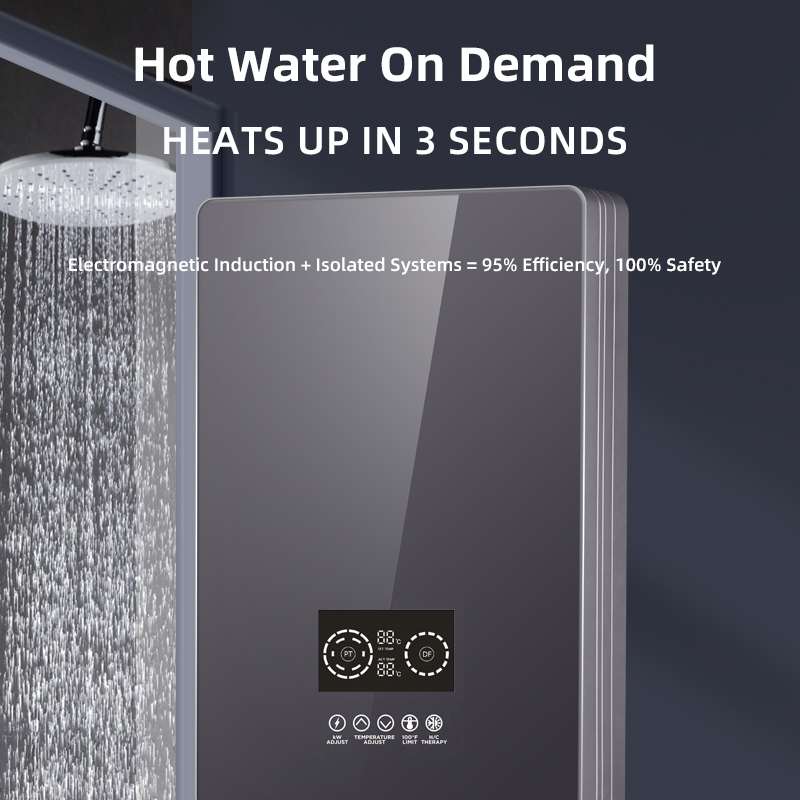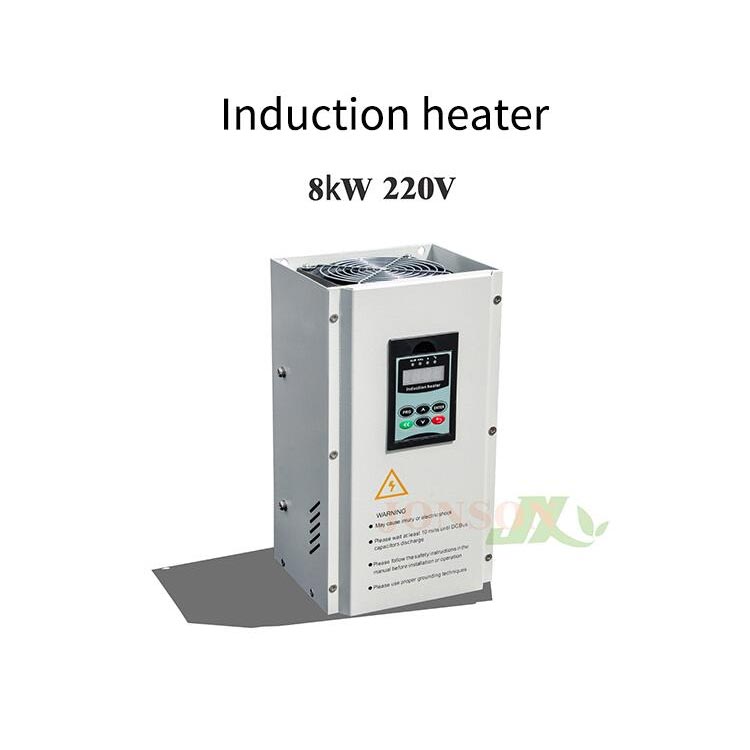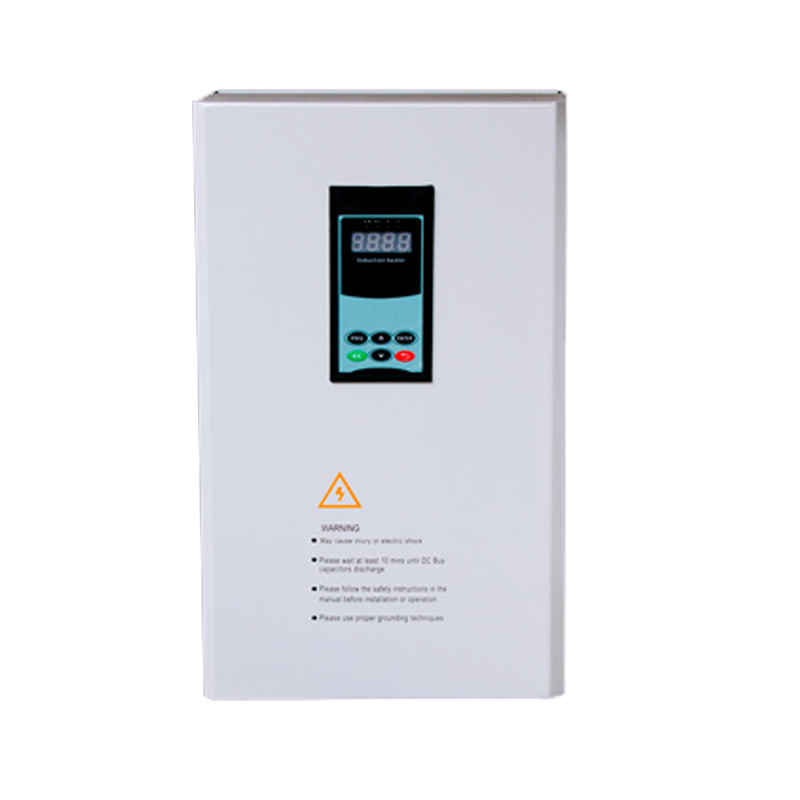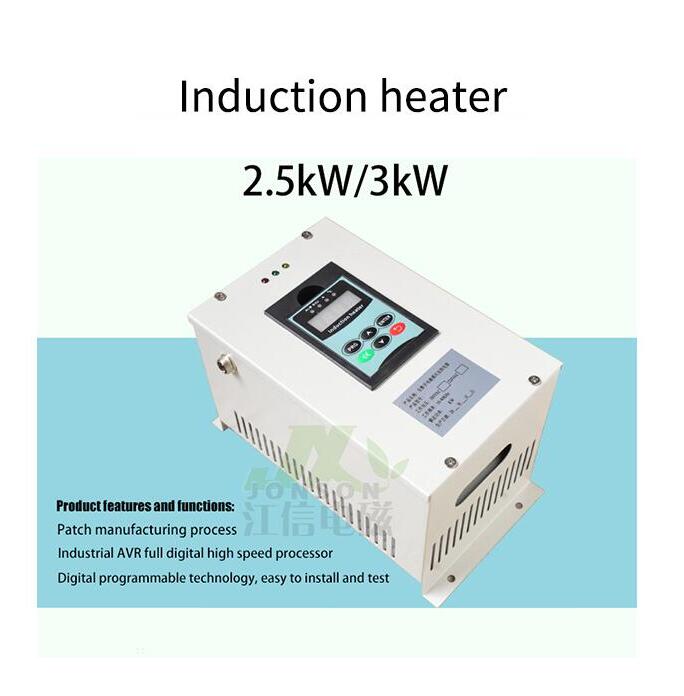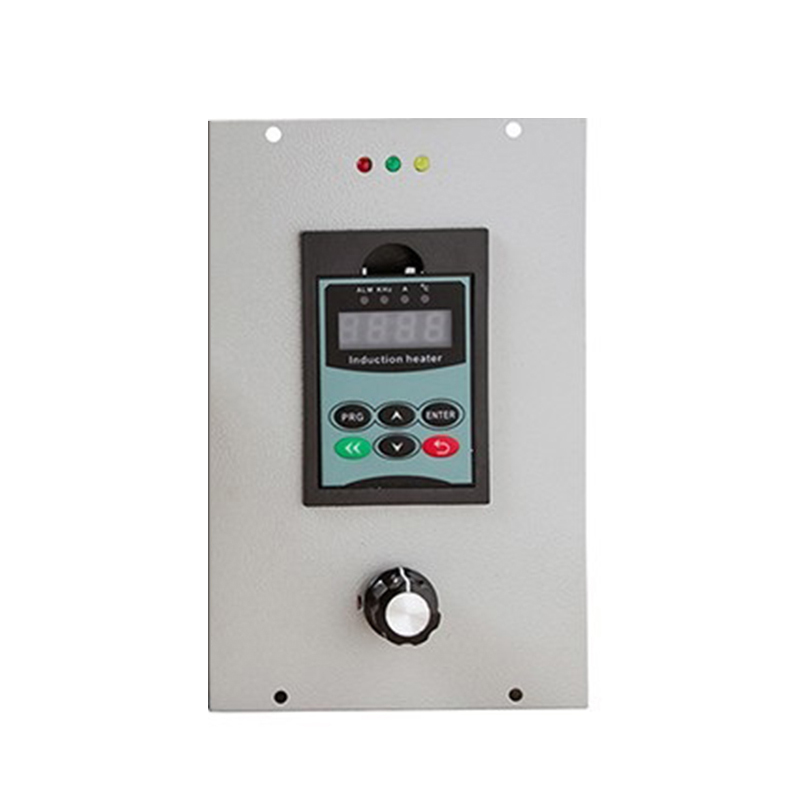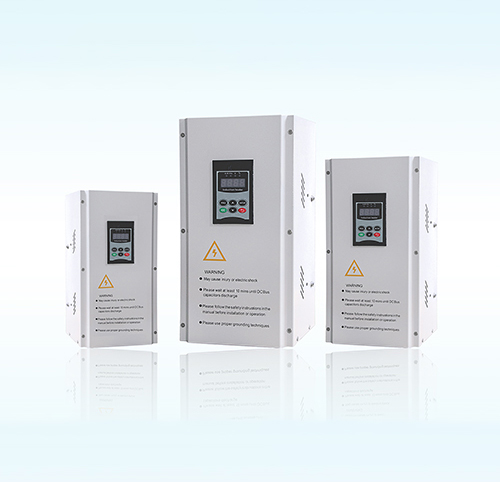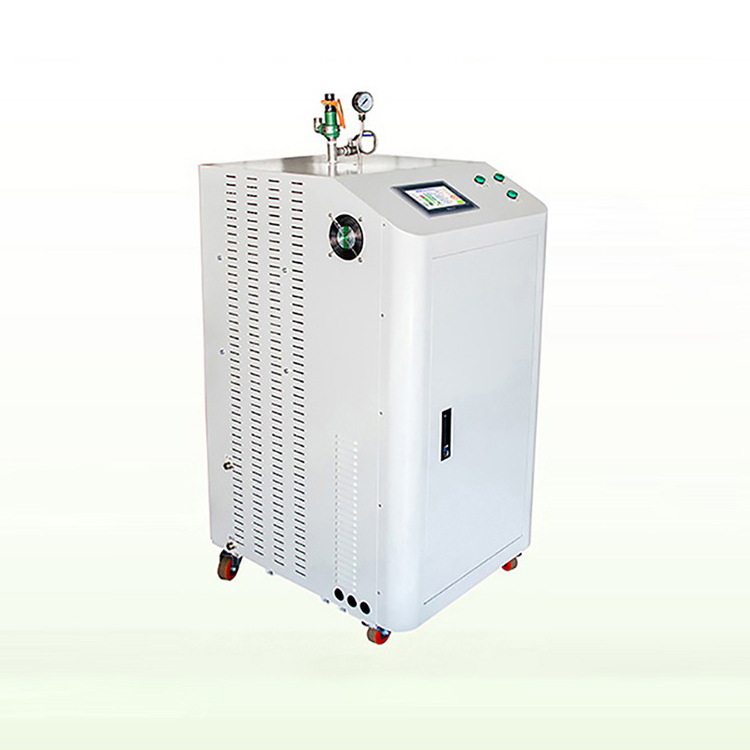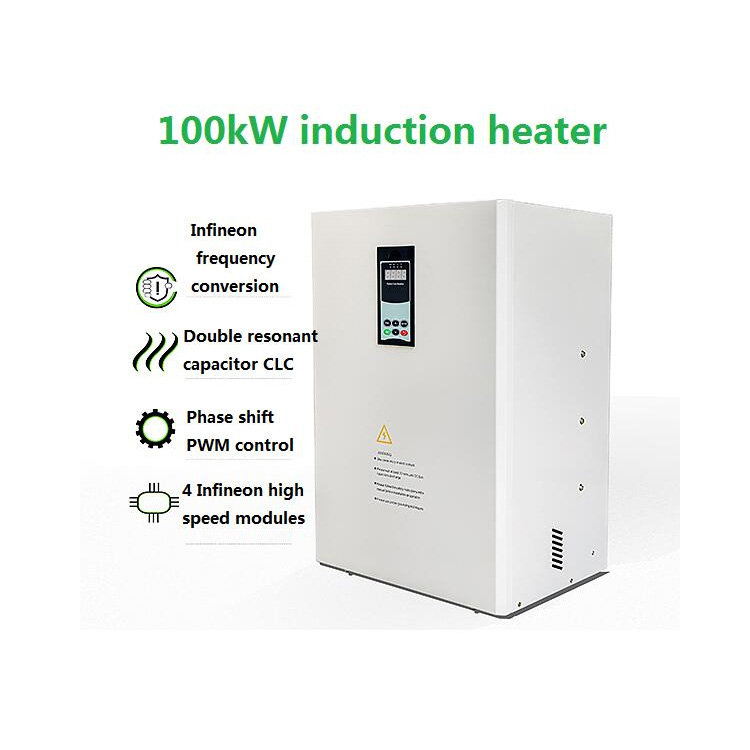In the current context of "energy conservation and emission reduction, green production", enterprises are increasingly emphasizing the environmental performance and long-term maintenance costs of their equipment. Inductive heaters, as a new type of industrial heating equipment, have gained widespread attention due to their characteristics such as high efficiency, safety, energy saving, and environmental friendliness. However, any equipment requires reasonable post-maintenance during operation to maintain its optimal condition. This article will comprehensively analyze the advantages and precautions of inductive heaters from the perspectives of environmental performance and post-maintenance.
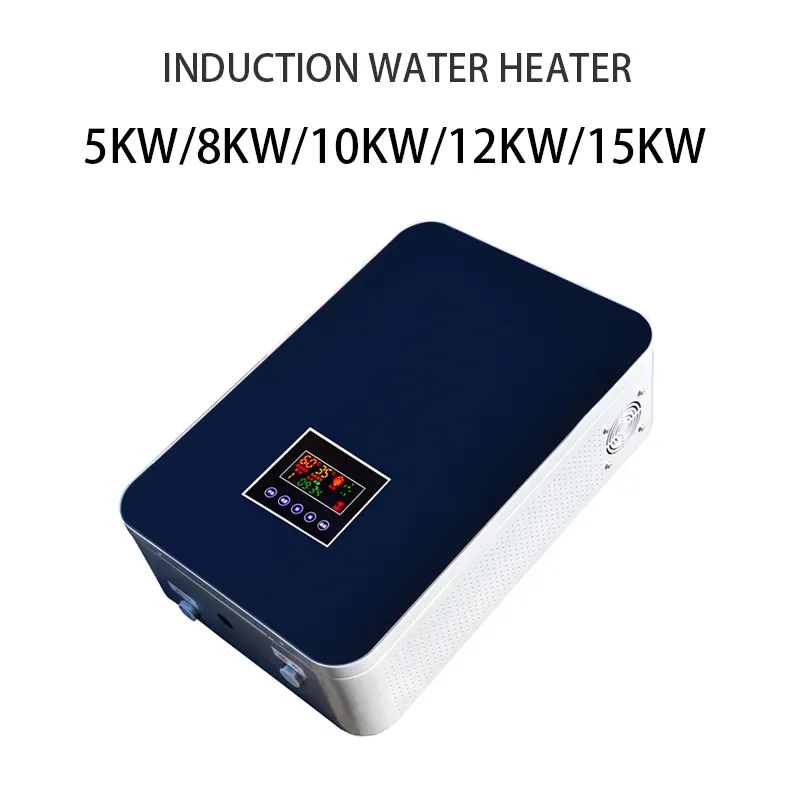
I. Environmental Performance of Inductive Heaters
1. Clean and pollution-free Heating method
Conventional heating equipment, such as a coal-fired boiler, fuel oil or gas heater, can produce a large amount of gas from waste, dust and harmful substances in the operation.
By contrast, inductive heaters takes electrical energy as the driving force, directly heating the metal or liquid through electromagnetic induction, neither an exposed flame nor the exhaust gas generated in the heating process, thus avoiding the discharge of sulfur dioxide, nitrogen oxides and particulates, is really a method of using clean energy.
2. High energy efficiency, reduced carbon emissions
Inductive heating uses the principle of electromagnetic induction to directly act on the heated object, with almost no intermediate loss of heat.The thermal efficiency of inductive heatersis usually above 90%, far higher than that of traditional fuel-based heating equipment.
High energy efficiency means that under the same heat generation conditions, less electricity is consumed, indirectly reducing the carbon emissions from upstream power supply, meeting the requirements of the "dual carbon" strategy from the source.
3. Quiet operation, improving the work environment
Burning heating equipment is often associated with noise and dust, affecting the working experience of operators. Inductive heaters has little mechanical noise in the process, and cannot release dust and smoke, thus improving air quality in the workplace and the environment as a whole. It is particularly important in the food and pharmaceutical processing industry.
4. Avoid secondary pollution
Some heating equipment may cause secondary pollution due to incomplete combustion or residue deposition over time. Inductive heating equipment has a clean heating process and does not involve fuel residues in the equipment interior, almost eliminating the risk of secondary pollution.
II. Post-Maintenance of Inductive Heaters
Although inductive heating equipment is environmentally friendly and energy-saving, to ensure long-term stable operation, reasonable post-maintenance is also indispensable.
1. Regular inspection of power systems
Inductive heaters rely on electrical energy for operation, and the power module is the core part. Users are advised to:
Regularly inspect power cables for wear or aging;
Keep power connections firm to avoid power loss or safety hazards due to poor contact;
Clean the control cabinet and power module to ensure normal heat dissipation.
2. Maintenance of cooling systems
Inductive heaters usually require water-cooling or air-cooling systems to maintain the temperature of the heating coil and power module.
Regularly check the smoothness of the cooling water circulation and for any blockages or deposits of scale;
If using air cooling, clean the fan and heat sink of dust;
Maintain the cleanliness of the cooling fluid, and replace it when necessary.
3. Maintenance of induction coils
Induction coils are key components for energy transfer, and their lifespan is closely related to the usage environment.
You need to check if the coil is deformed, oxidized, or damaged insulation layer.
It is necessary to maintain the proper distance between the work coils to avoid excessive friction.
In high-intensity production, replace or repair the coil regularly to avoid efficiency decline due to aging.
4. Maintenance of control systems
A modern induction heater is equipped with the PLC or an intelligent monitoring system to ensure accurate temperature and automation.
Software and hardware testing needs to be performed periodically.
The sensitivity and accuracy of temperature sensors must be verified.
The control panel at high temperature, humid or strong, avoids electromagnetic interference with the environment.
5. Cleaning and dust prevention measures
Clean dust and dirt and grease on the surface of the equipment regularly.
In a more dust-like environment, the dust covers or filter systems can be installed on the equipment.
Keeping ventilation equipment smooth, and avoiding dust buildup affects heat dissipation.
6. Establish maintenance records
To ensure long-term stable operation, it is recommended that enterprises establish complete maintenance records for induction heaters:
Record the operation conditions and energy consumption data of the equipment each time;
Mark the maintenance and inspection time points;
Through data accumulation, predict potential faults in advance and achieve "preventive maintenance".
III. The significance of combining environmental protection and maintenance
Enhance corporate image
Using environmentally friendly induction heating equipment and doing a good job in maintenance management can demonstrate the enterprise's social responsibility in green production and enhance the brand credibility.
Reduce overall costs
Environmental equipment means a reduction in the emission treatment process, and proper later maintenance can extend the equipment lifespan and reduce maintenance costs. The combination of the two makes the enterprise's overall operating costs more advantageous.
Ensure production continuity
Stable-running induction heaters not only have environmental benefits but also can ensure production continuity, avoiding production halt due to sudden failures. This is particularly crucial for continuous production industries such as metallurgy, chemical industry, and food industry.
Conclusion
The induction heater, as a new generation of industrial heating equipment, not only demonstrates outstanding performance in terms of environmental protection, achieving a clean, safe and energy-efficient production method, but also ensures the long-term stable operation of the equipment with reasonable post-maintenance. For enterprises, choosing the induction heater is not only responsible for the environment, but also takes into account economic benefits and social responsibilities.
In the future industrial upgrading, whoever can better combine environmental protection and efficiency will be able to gain the upper hand in the competition. The induction heater is becoming a powerful booster for green manufacturing.

